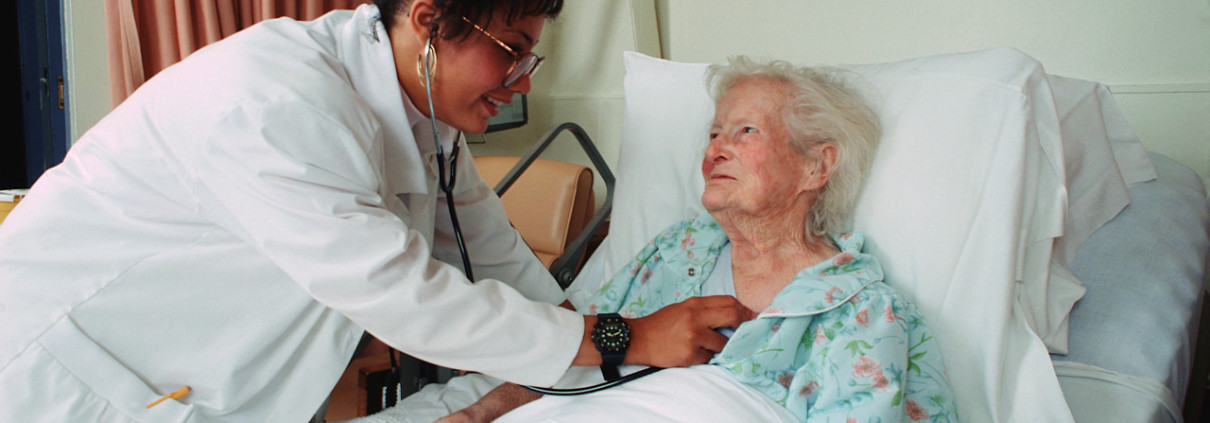“Do Not Hospitalize”- the “Other” Directive
Families often think a “do not hospitalize” means “do not treat,” but that is not accurate. “What it means is, ‘We’ll do the best we can for you here in the nursing home, and if nature takes its course, then that’s all right,’” said Dr. John Culberson, an assistant professor of medicine at Baylor College of Medicine in Houston who has studied [“do not hospitalize”] directives.
Advanced medical directives are a tough subject. Why? Because they mean making some tough choices. Utah Advanced Health Care Directives deal with health care decisions when you are not able. “Do not resuscitate” directives order health care providers to withhold measures to revive you when you are comatose.
For elderly loved ones in nursing homes, however, there is a very powerful tool found in a little known directive known as the “do not hospitalize” directive. Unfortunately, it also happens to be underused and misunderstood, as pointed out in recent article in The New Old Age Blog titled simply “A Misunderstood Directive.”
Advanced directives, as you may well know, are your medical choices reduced to black and white. They are intended to speak for you when you cannot. “Do not hospitalize” does not mean you do not want to receive care. In fact, you can even spell out the circumstances when you really want to go the hospital!
Going to the hospital, however, is not always the best (or only) alternative across a spectrum of treatment scenarios. Hospitalization itself can be an intensely disorienting process, especially for patients with advanced dementia. Little surprise, then, that more than half of all elderly patients with dementia who are transferred from the nursing home to a hospital and back will pass away within the following 18 months. Accordingly, hospitalization can be an unfortunate step in the care continuum.
In fact, hospitalization is oftentimes unnecessary. For example, most nursing home patients are sent to the hospital for respiratory infections, which is both avoidable and treatable in a nursing home setting without much trouble. On the other hand, the “do not hospitalize” directive can still provide that a broken bone or the replacement of a medical device can still trigger a hospital visit if you so stipulate.
While advanced directives do some important work, according to some the “do not hospitalize” directive can help assure more peaceful late-in-life care.
Reference: The New York Times – The New Old Age Blog (November 20, 2013) “A Misunderstood Directive”










Leave a Reply
Want to join the discussion?Feel free to contribute!